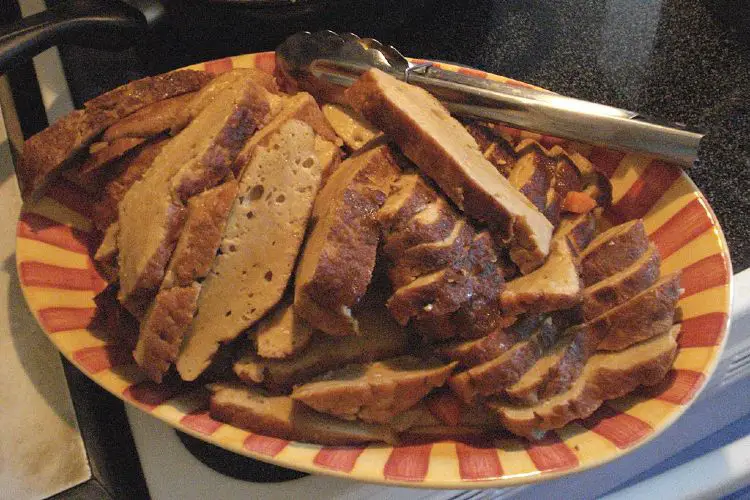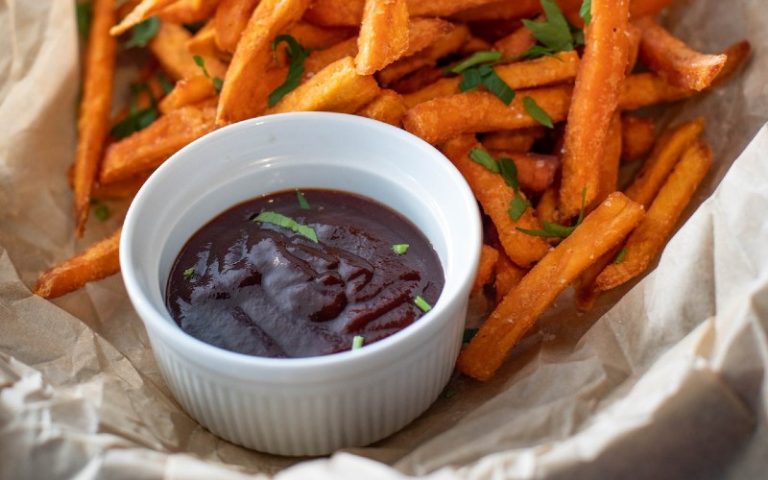Award Winning “Merry Marmalade”
My kitchen is large and homely, it could not be described as grand, but some of the utensils that are in daily use there have been passed down several generations of my family. My favourite steamer (used in my Masterchef semi-final) belonged to my mother-in-law. It’s rather discoloured from too many late night dishwasher cycles, when flagging offspring are too weary to wash by hand, but it still works perfectly. My mother has also been very generous but is fearful that her beautiful china is hardly suitable for the daily use that we make of all our kitchenware. I bite my lip and try not to be angry at any misuse because I believe that life is not a dress rehearsal and this is a working, not decorative kitchen.
My paternal grandmother was a wonderful marmalade maker and somehow, I managed to hood-wink her into giving me the Murray family preserving pan. It’s a heavy pan so would not fit neatly into a slim-line, designer, city kitchen but fortunately our rambling Scottish home has an old-fashioned pantry with plenty of storage space. Last Spring a robin hopped through an open pantry window, and through a large hole in the fine mesh, to perch on the preserving pan. It seemed quite content until I entered in search of provisions. We have other pantry residents from time to time (usually with four or more legs), and I confess that these are far less welcome.
After Christmas, when the children have returned to school and the Scottish days are often gloomy and still very short, the Seville oranges arrive. My greengrocer calls them ‘Bitters’. Nowadays, I e-mail to confirm their safe arrival at Glasgow’s Fruit Market, as we may not have Waitrose but even the Glens of Scotland have broadband. When I receive a positive e-mail response, my 10kg order goes in. I’m not charged for delivery, what a star he is!
Scottish kitchens can be cold in January and this was especially true this year, since we had had lying snow from the end of November. In the beginning, Narnia land is fun but as the snowdrifts get dirtier and the drive resembles a skating rink so slippery that few are prepared to negotiate it, the novelty wears off. However, this is where the steamy, orange spa of the marmalade maker’s kitchen becomes a sanctuary from wintery discontent. In my cosy marmalade world everything is warm; the granulated sugar sits snugly on the back of the Aga; the jam jars, once sterilised in the dishwasher, are warming in the simmering oven. Most overpowering of all is the intoxicating orange aroma from the softened Seville oranges. Jo Malone has captured Orange Blossom at a price but my weeks in an orange spa, without an entrance fee, are something any perfumery would pay a king’s ransom for. Permanently steamy kitchen windows protect me from grizzly, dull Scottish days, though somehow winter sun does seem to find its way through. When it does, I close my eyes and smell the oranges and lemons of the Menton Lemon Festival in Provence.
How I make my Grandmother’s marmalade recipe
- Some marmalade makers cut the orange peel in its raw state and others poach before cutting. I use my paternal grandmother’s recipe – she was a poacher. There are many benefits of an Aga; for the marmalade maker who poaches, it reduces orange steaminess, the poaching taking place behind closed doors in the simmering oven. Depending on the heat of the Aga the Seville oranges will soften in around five hours. Non-Aga owners can gently simmer oranges in a covered pan for about three hours to obtain a similar result.
- I cover 3lbs of Seville oranges with water and weight the oranges down with a pan lid or aged plate to ensure that they remain covered by water. This year, I added three bay leaves, simply because my bay tree was the only herb in our garden that was not covered by snow.
- When the Seville oranges are cool after poaching (see above), remove them from the poaching liquid with a slotted spoon and cut them in half. I use a soup spoon to remove the flesh, removing as much pith as possible because this makes a clearer marmalade.
- Return the flesh and pips to the poaching liquid and boil it rapidly for five minutes. Remove the pan from the heat. When the liquid has cooled, strain it through a large sieve into a bowl.
- Add the juice and pips of two lemons and leave the liquid overnight.
- The next day divide the Seville orange halves into two piles and finely cut the peel into marmalade strips. I find it easier to get a controlled rolling boil (i.e. one that does not boil over), if I make the marmalade in two separate batches. Boil half of the strained liquid (about 1.5 pints) with 3lbs of warm sugar and half of the shredded peel for 17 minutes, after it has reached a rolling boil.
- Add two tablespoons of Cointreau to the boiled marmalade. Leaving the marmalade for 20 minutes before potting ensures an even distribution of orange peel.
The famous Marmalade Festival, at www.marmaladeawards.com, takes place minutes from the Penrith exit of the M6 and so, when, I realised that travelling south to a pick up boys from a Winchester College exeat could coincide with a drop-off at Dalemain, the temptation was just too great. My “Cointreau Infused with Bay Leaf Seville Marmalade” was a “Merry Marmalade” category winner. I feel this is rather appropriate for a mother who cannot use alcohol in her school cooking sessions.
Fi Bird
Fi Bird is a graduate of St. Andrew’s University, a member of the Guild of Food Writers and one of Britain’s most active campaigners for cookery education for Primary School children. She and her husband, Dr. Stephen Bird, founded the cookery education initiative Stirrin Stuff, and Fi goes round schools all over Scotland, teaching young people all about healthy, good, homecooking. She has also written a very successful childrens’ cook book, “Kids’ Kitchen” She writes a food blog at www.glenlandmotherofsix.blogspot.com, keeping us all up to date with the daily life of a mother with six children. www.stirrinstuff.org
Cointreau infused with bay leaf Seville Orange Marmalade


